Simulation Standard Technical Journal
A Journal for Process and Device Engineers
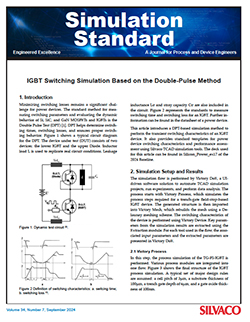
IGBT Switching Simulation Based on the Double-Pulse Method
This article introduces a DPT-based simulation method to perform the transient switching characteristics of an IGBT device. It also provides standard templates for power device switching characteristics and performance assessment using Silvaco TCAD simulation tools. The deck used for this article can be found in Silicon_Power_ex17 of the 2024 Baseline.
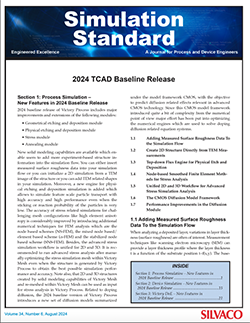
2024 TCAD Baseline Release
- Section 1: Process Simulation – New Features in 2024 Baseline Release
- Section 2: Device Simulation – New Features in 2024 Baseline Release
- Section 3: Victory DoE – New Features in 2024 Baseline Release
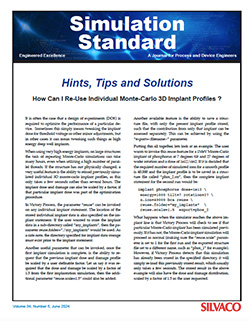
How Can I Re-Use Individual Monte-Carlo 3D Implant Profiles?
It is often the case that a design of experiments (DOE) is required to optimize the performance of a particular device. Sometimes this simply means tweaking the implant dose for threshold voltage or other minor adjustments, but in other cases it can mean tweaking such things as high energy deep well implants.
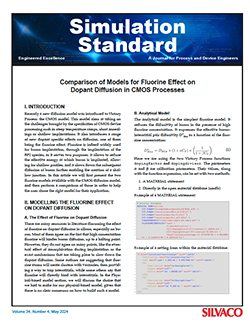
Comparison of Models for Fluorine Effect on Dopant Diffusion in CMOS Processes
Recently a new diffusion model was introduced to Victory Process: the CMOS model. This model aims at taking on the challenges brought by the specificities of CMOS device processing such as steep temperature ramps, short annealings or shallow implantations.
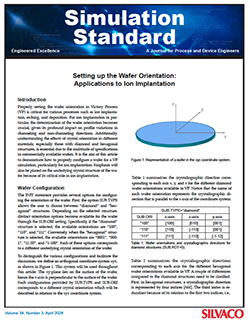
Setting up the Wafer Orientation: Applications to Ion Implantation
Properly setting the wafer orientation in Victory Process (VP) is critical for various processes such as ion implantation, etching, and deposition. For ion implantation in particular, the determination of the wafer orientation becomes crucial, given its profound impact on profile variations in channeling and non-channeling directions.
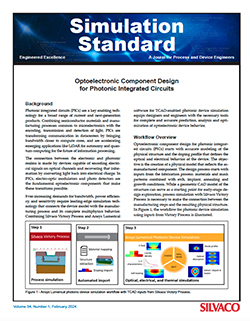
Optoelectronic Component Design for Photonic Integrated Circuits
Photonic integrated circuits (PICs) are a key enabling technology for a broad range of current and next-generation products. Combining semiconductor materials and manufacturing processes common to microelectronics with the encoding, transmission and detection of light, PICs are transforming communication in datacenters by bringing bandwidth closer to compute cores, and are accelerating emerging applications like LiDAR for autonomy and quantum computing for the future of information processing.

